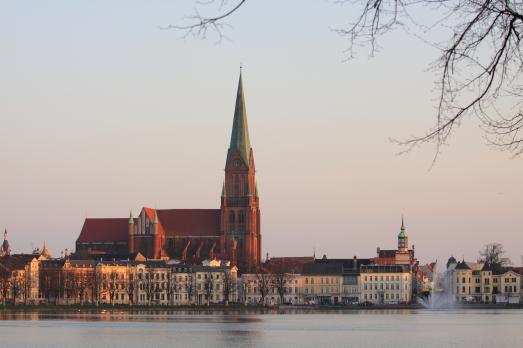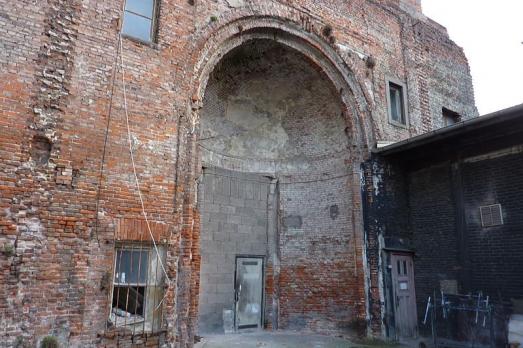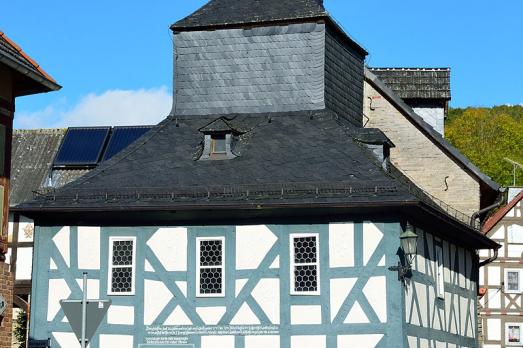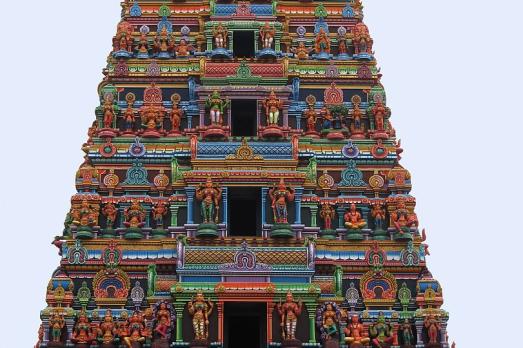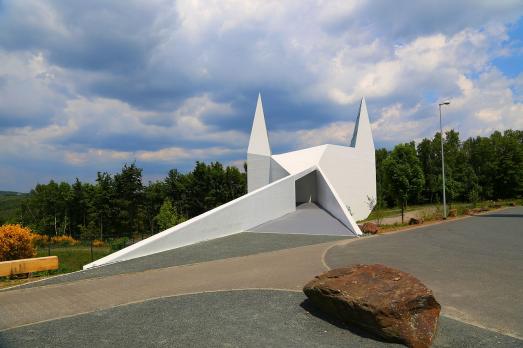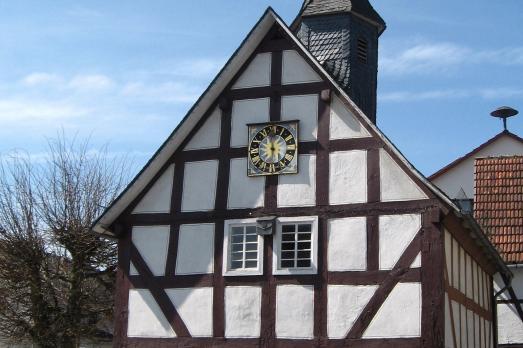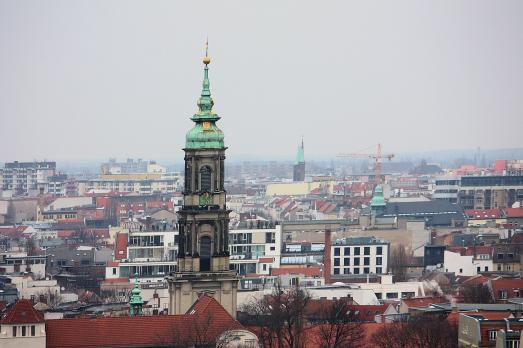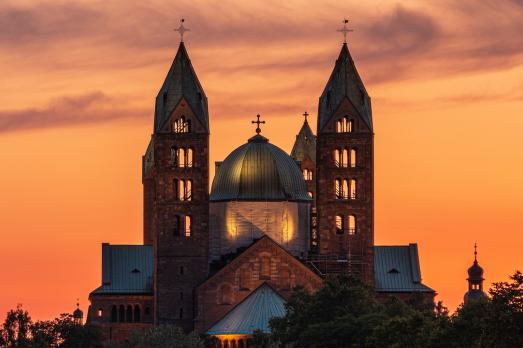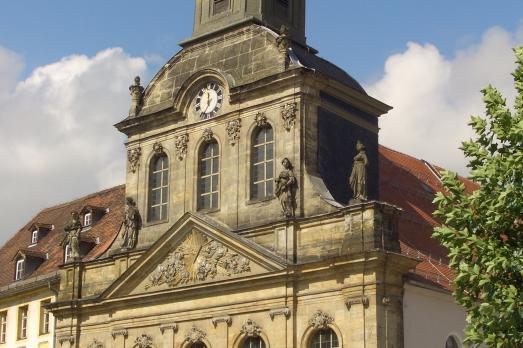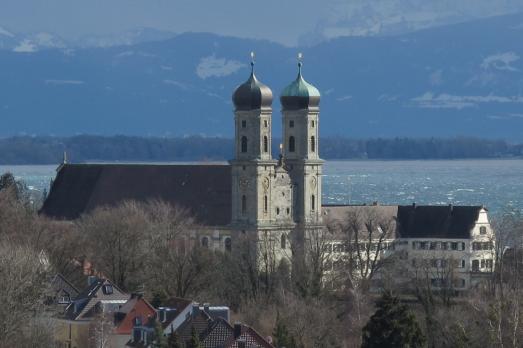
Schlosskirche
Friedrichshafen, DE
The Schlosskirche was part of the Hofen Monastery, built between 1695 and 1702. In 1803, the imperial Weingarten Monastery, to which the Hofen Monastery belonged, was secularised. The monastery complex with the church was assigned to the Württemberg court estate, which made the church building available to the newly founded Protestant parish of Friedrichshafen in 1812. On 28th April 1944, during a bombing raid during the Second World War, the church was severely damaged. During the reconstruction of the church from 1949 to 1954, the missing stucco was added by Josef Schnitzer in a simpler form based on old photos.
